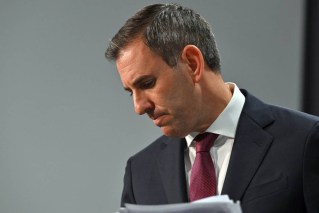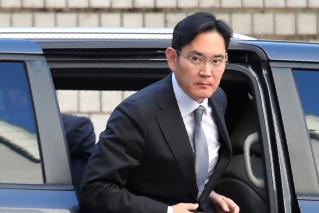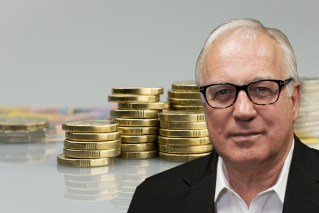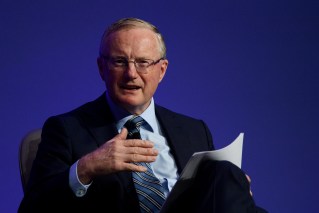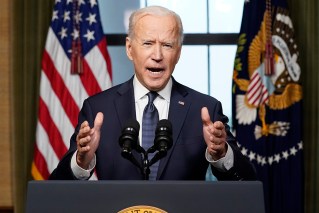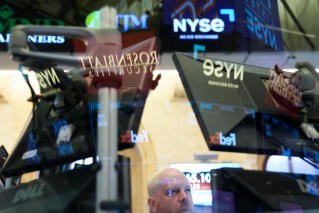Aware Super calls for investment rule overhaul to boost renewables


Australia's second-largest super fund says rule changes are needed to support cleaner investments. Photo: TND
Australia must overhaul its investment rules to encourage greater support of renewables, according to the country’s second largest superannuation fund.
The $130 billion Aware Super told a superannuation conference on Wednesday that current settings do not allow super funds to make large investments in renewables.
As a result, it has found it much easier to invest in renewables in Brazil than in Australia – making local emissions targets impossible.
“We’ve done our first [local] investment, the Snowtown wind farm in South Australia, and we have a number of holdings in Brazil where it has been easier to get projects going than here,” said an Aware spokesperson.
“We are ready and committed to do more such investments, but to grow our footprint in this area we would welcome some important changes,” said Aware investment committee chair Dr Rosemary Kelly.
Aware was created with the merger of First State and VicSuper in June, and WA Super will merge with the fund later this year.
PM’s gas call unworkable
Aware’s call for reform comes a day after Prime Minister Scott Morrison hung the economic recovery on a gas-led expansion. He also announced the government would build a 1000 megawatt gas power station in the Hunter Valley if the private sector didn’t step up to invest.
Dr Kelly said Aware would find it difficult to fund gas-fired power under current policy settings. But at the same time, the settings make it difficult to generate the power required using renewables.
Tweet from @AdamBandt
“As long-term investors we can support the industries of the future to develop and grow, but it is critically important that we consider their long-term sustainability by asking, ‘Will this sector or organisation still be a good investment for our members in 10 or 20 years’ time?'” Dr Kelly said.
Grattan Institute energy program director Tony Wood said the government already had an energy security plan in place that should cover the PM’s concerns.
“So why has the government now assumed that the policy isn’t working?” he said.
“[Regulator] AEMO has said there will be a need for only 300 megawatts of new capacity but the private sector won’t build that if they think the government might build 1000 megawatts.
“It’s not a plan, its a political polyglot.”
Aware believes reforms are necessary in three key areas.
It says the government must provide a comprehensive energy policy – like the National Energy Guarantee that resulted in then prime minister Malcolm Turnbull being rolled – while also providing long-term power contracts and improving transmission networks to more efficiently move power around the country.
Stranded asset risk
“A big solar farm might have a lifespan of 35 to 40 years but you can only get a five year power supply contract,” the Aware spokesperson said.
“That means there is a risk that you will have a stranded asset which you can’t take.”
Also speaking at the Australian Institute of Superannuation Trustees conference, ClimateWorks program director Dr Armandine said reform was crucial to achieving our emissions reduction targets.
And she told the conference that technological change was making zero-carbon generation a reality.
“Solar [power] installation has achieved in five years what in 2014 was expected in 20 years,” she said.
The cost of wind and solar even with hours of storage is now unequivocally lower than the cost of new coal generation.
“Batteries have followed a similar route and they now cost 80 per cent less than in 2010.”
Tough path ahead
Detailed carbon budgets show there is an urgent need for Australia to ramp up its renewable energy efforts.
“To have a good chance of keeping to a 1.5 degree average temperature rise, we can only continue current emission levels for eight years,” Dr Denis-Ryan said.
“To stay below two degrees it is a bit more … 26 years of emissions at the current rate.
“We can start immediately and it would be a lot cheaper than if [we] started 10 or 20 years ago.”
The goods news is we have the technology necessary to achieve zero emissions and keep our temperature rises under those crucial thresholds.
But to meet those goals, Australia would have to take a harder emissions reduction path than the government’s target of 26 per cent below 2005 levels by 2030.
“Australia can still achieve an outcome that is compatible with the Paris Climate Accords,” Dr Denis-Ryan said.
“But [the above chart] shows the trajectory to achieve that involves very strong reductions in emissions this decade – 50 per cent of 2005 levels by 2030 for 2 degrees and 75 per cent for 1.5 degrees.
“That’s what it will take to keep a safe climate.”
The New Daily is owned by Industry Super Holdings



